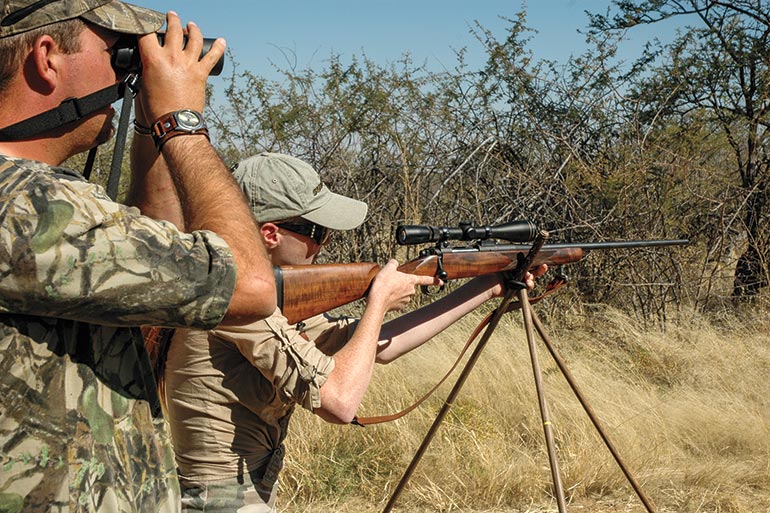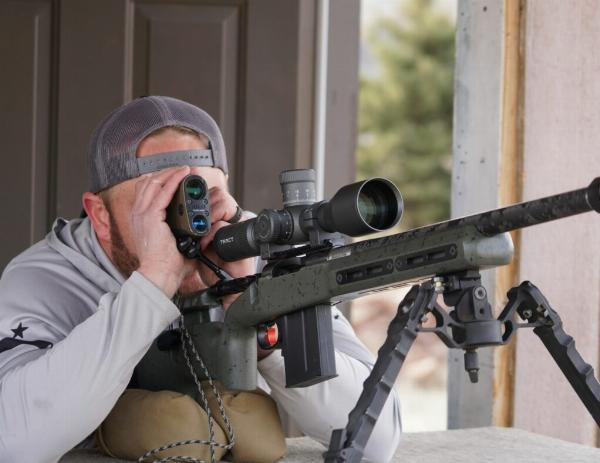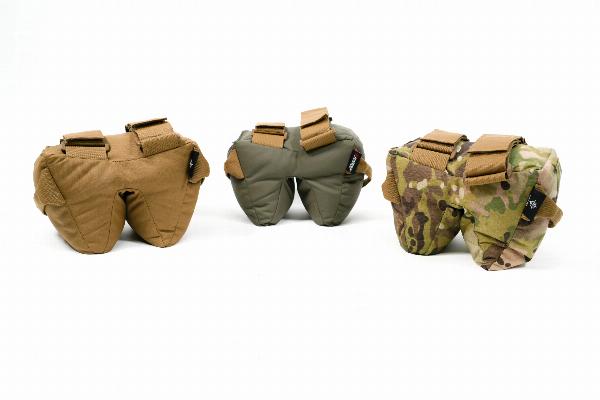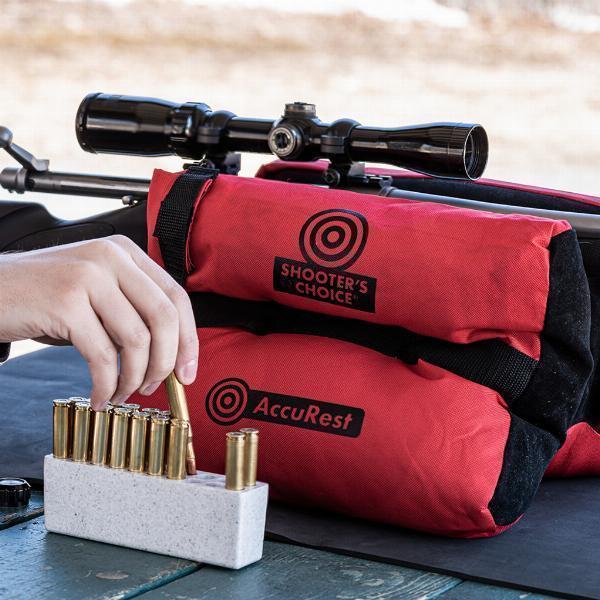 DA 70+ Guest Post Placements – Elite Authority at Your Fingertips!
DA 70+ Guest Post Placements – Elite Authority at Your Fingertips!
How to Choose the Ideal Hunting Rifle: Key Tips for Every Hunter
Written by Victory Ridge Sports » Updated on: June 17th, 2025


Choosing a hunting rifle is more than a simple decision—it’s a commitment. Each shot, each hunt, demands precision, comfort, and reliability. And with over 15 million hunting rifles owned in North America alone, finding the right fit can feel like a quest in itself. But here’s the key: it’s not just about power or brand name. Your ideal rifle should feel like an extension of you, fitting your goals, style, and skill level.
In this guide, we’ll break down the essentials: from calibers to comfort and everything in between. Whether you’re eyeing a classic bolt-action or considering modern innovations, this isn’t just a purchase—it’s an investment in your success and safety. Ready to make a smart, informed choice?
Let's dive in and find the perfect match for your next hunt!
1. Define Your Purpose
Before you start comparing rifles, clarify what you’ll be using it for. Different hunting styles require different rifle features.
Big Game (like deer or elk): A larger caliber (.270 or .30-06) is often best for powerful shots and knockdown power.
Small Game (like squirrels or rabbits): A smaller caliber (.22 LR or .17 HMR) allows for accurate, less impactful shots.
All-Around Use: If you need versatility, consider a mid-range caliber (.243 or .308) for adaptable performance across multiple types of game.
Tip: Match your rifle to your primary hunting type. A great rifle for elk may be overkill (literally) for smaller game.
2. Choose the Right Caliber
Caliber is the diameter of the rifle’s bore and affects power, range, and accuracy. Choosing the right caliber is crucial for ethical, effective hunting.
Short-Range Hunts (less than 200 yards): .30-30, .308, or .223 work well for close encounters with game like whitetail deer.
Long-Range Hunts (200+ yards): If you’re targeting elk or mule deer from a distance, opt for calibers like .270, .300 Win Mag, or .338 Lapua.
Caliber directly affects recoil, so find a balance. Larger calibers pack more punch but also create more recoil, which can impact accuracy and comfort over time.
Tip: Choose a caliber that suits your strength and comfort level. Testing out different calibers before buying can give you a sense of what feels right.
3. Consider Rifle Weight and Build
Carrying a rifle through dense woods or across open terrain can become tiring quickly. While heavier rifles often absorb more recoil and increase accuracy, they can also slow you down.
Lightweight Rifles: Ideal for hunts involving lots of walking, stalking, or mountainous terrain.
Heavy Rifles: Great for more stationary hunts or long-distance shots due to their stability.
Additionally, look for a durable stock material like composite if you’re hunting in challenging weather or rugged conditions. Wood stocks offer aesthetic appeal but may be more susceptible to damage and warping over time.
Tip: Test the weight of your rifle by carrying it around a bit. Simulate the conditions of your hunt to see if it’s manageable for extended periods.
4. Decide on Action Type
The action of a rifle refers to how it loads, fires, and ejects cartridges. Choosing the right action type depends on your hunting style and comfort with different mechanics.
Bolt-Action: Known for accuracy and reliability; ideal for big-game hunting where precision matters.
Lever-Action: Fast-cycling and lighter, often preferred for shorter ranges and dense cover.
Semi-Automatic: Allows quick follow-up shots, beneficial for fast-moving or multiple targets but may require more maintenance.
Single-Shot: Often highly accurate but requires reloading after each shot, making it better for disciplined, single-target hunting.
Tip: Bolt-action rifles are often the go-to for serious hunters, but don’t shy away from testing each type to see what suits your shooting rhythm and style best.
5. Focus on Fit and Comfort
Your rifle should feel like an extension of your body. Comfort plays a huge role in accuracy and overall experience.
Length of Pull: This is the distance from the trigger to the end of the stock. Make sure it aligns well with your body size.
Grip and Fore-end: Try out different grip styles and shapes to ensure a firm, comfortable hold.
Recoil Pads: Reduces the impact of recoil on your shoulder. Especially useful for high-caliber rifles.
Visit a gun store or shooting range and hold various models to see which feels natural. Comfort directly impacts performance—if a rifle feels awkward, it will likely impact your accuracy in the field.
Tip: Spend time at the store testing different rifles to find one that feels balanced in your hands.
6. Check the Optics and Sight Options
An accurate shot relies on clear, reliable sights. The right optics can enhance your vision, range, and precision.
Iron Sights: Simple and sturdy, best for shorter-range or traditional hunters.
Scopes: Offer precision for long-range shots; look for high-quality scopes with features like adjustable magnification and weather resistance.
Red Dot or Holographic Sights: Quick target acquisition for short- to mid-range shooting.
Tip: Invest in a quality scope if you’re planning long-range hunts. Make sure the optic is compatible with your rifle and suits your hunting environment (e.g., low-light scopes for dawn or dusk hunts).
7. Factor in Budget
Finally, remember that buying a rifle is only part of the investment. Factor in additional costs like optics, maintenance, ammo, and accessories.
Quality Rifles: Often in the $500-$1,500 range for beginner to mid-level options.
Optics: Good scopes can range from $200 to $1,000+ depending on quality and features.
Maintenance: Cleaning kits, protective cases, and regular check-ups add to the cost but are crucial for keeping your rifle in peak condition.
Tip: Avoid skimping on quality to save a few bucks. Investing in a reliable, comfortable rifle can make all the difference in your hunting experience and long-term satisfaction.
Conclusion
Selecting the perfect hunting rifle isn’t about getting the most expensive or powerful one—it’s about finding a rifle that aligns with your needs, comfort, and hunting style. Remember, every hunter’s journey is unique, and your rifle is a vital part of that experience. To make the best choice, visit trusted Gun Stores Canada where you can test different models, get expert advice, and find a rifle tailored to your specific requirements.
With a well-chosen rifle by your side, you’re not just carrying a tool; you’re wielding a trusted companion ready for every adventure the wild has to offer. So, explore your options at Canadian gun stores, make your pick, and let the hunt begin!
Note: IndiBlogHub features both user-submitted and editorial content. We do not verify third-party contributions. Read our Disclaimer and Privacy Policyfor details.
Copyright © 2019-2025 IndiBlogHub.com. All rights reserved. Hosted on DigitalOcean for fast, reliable performance.













